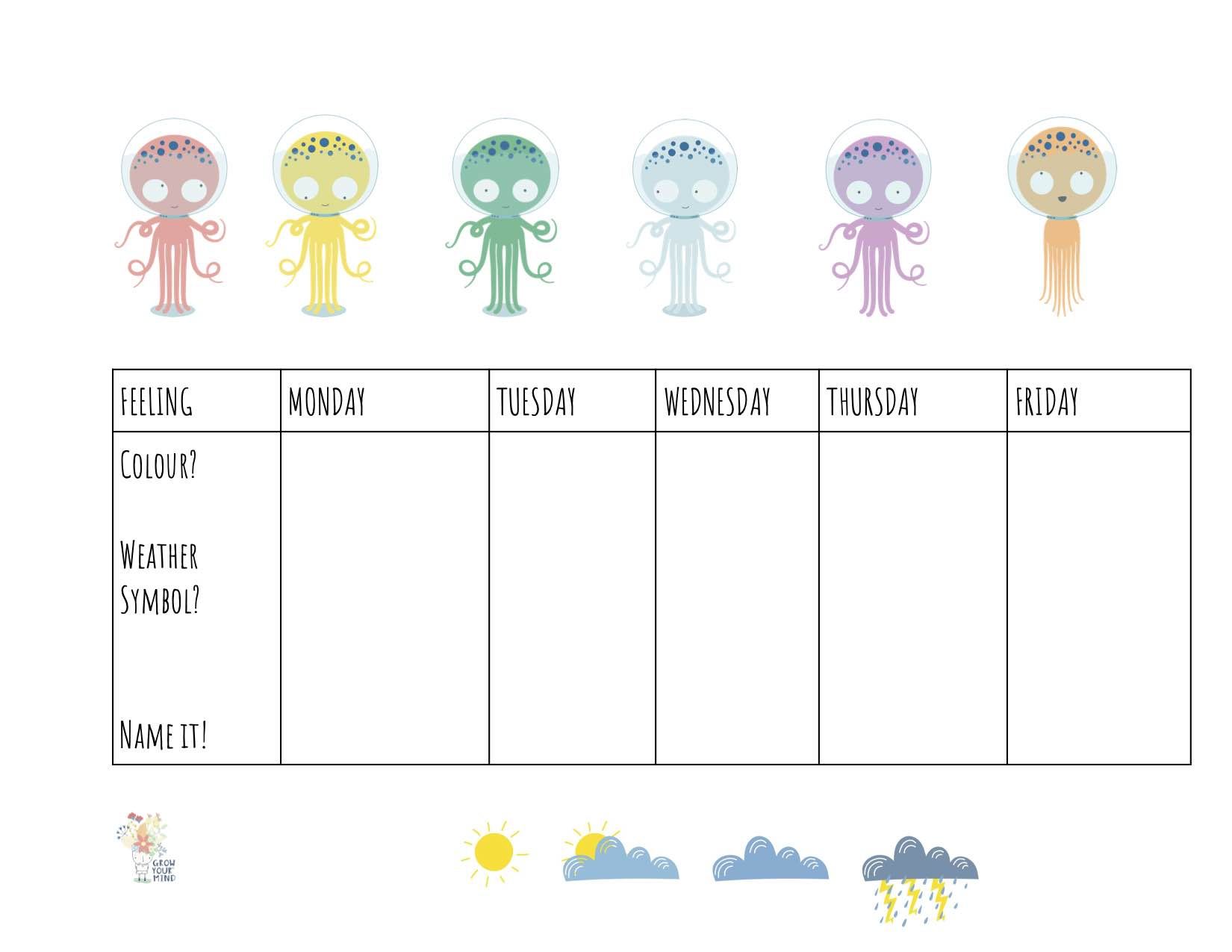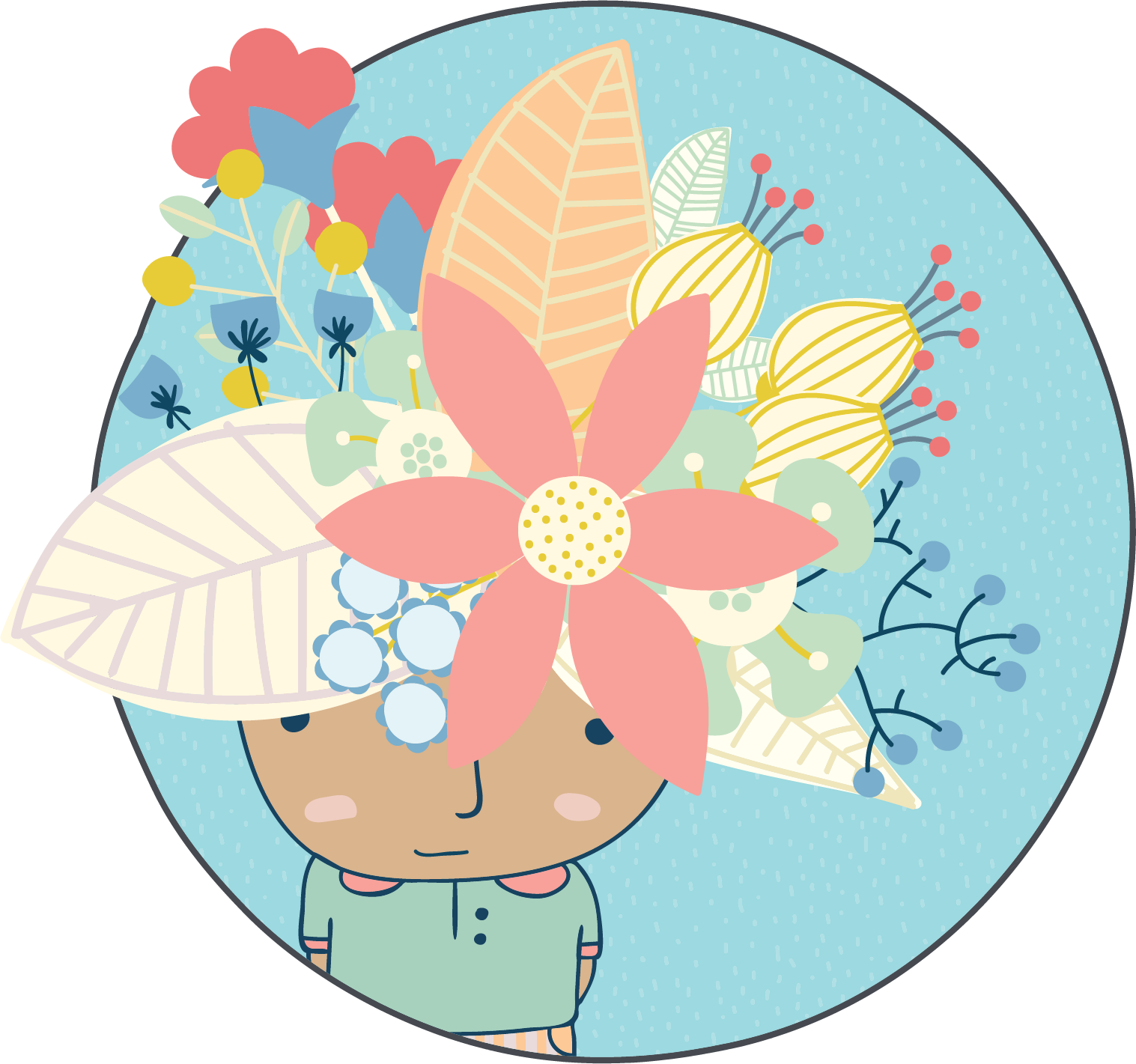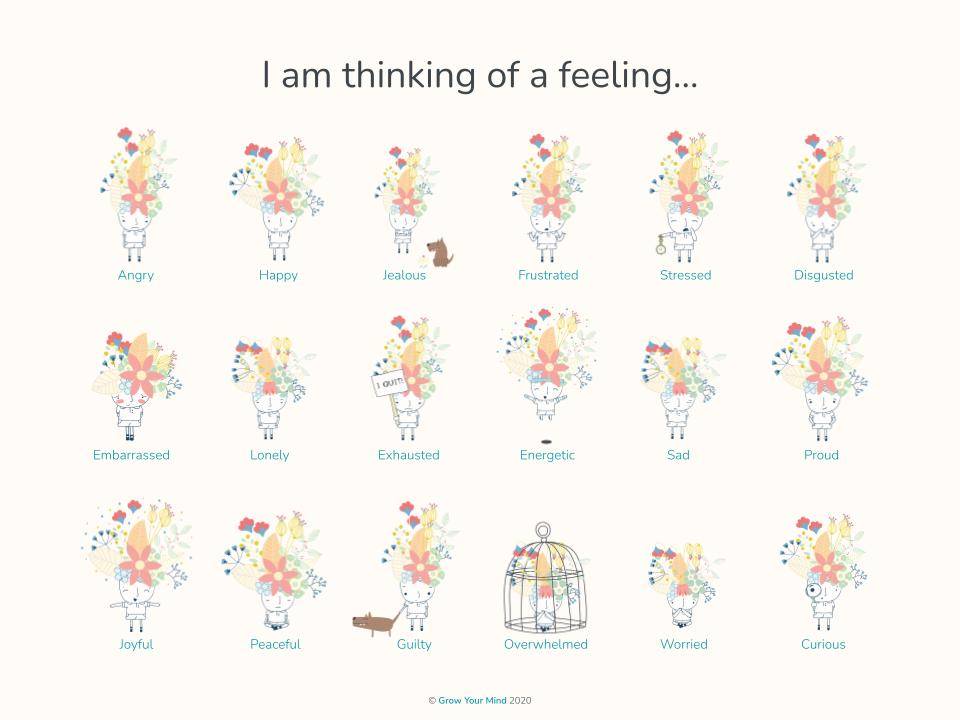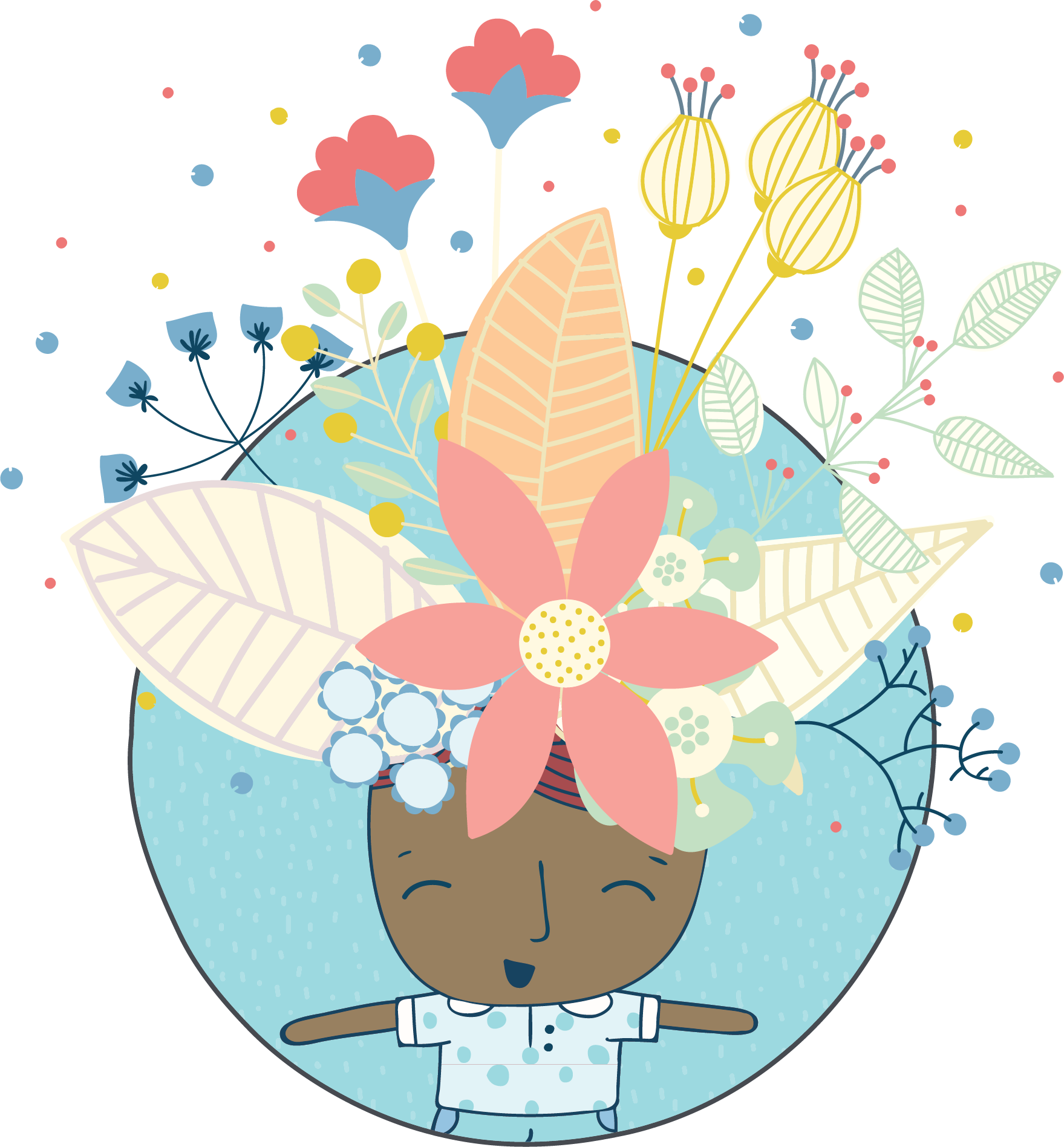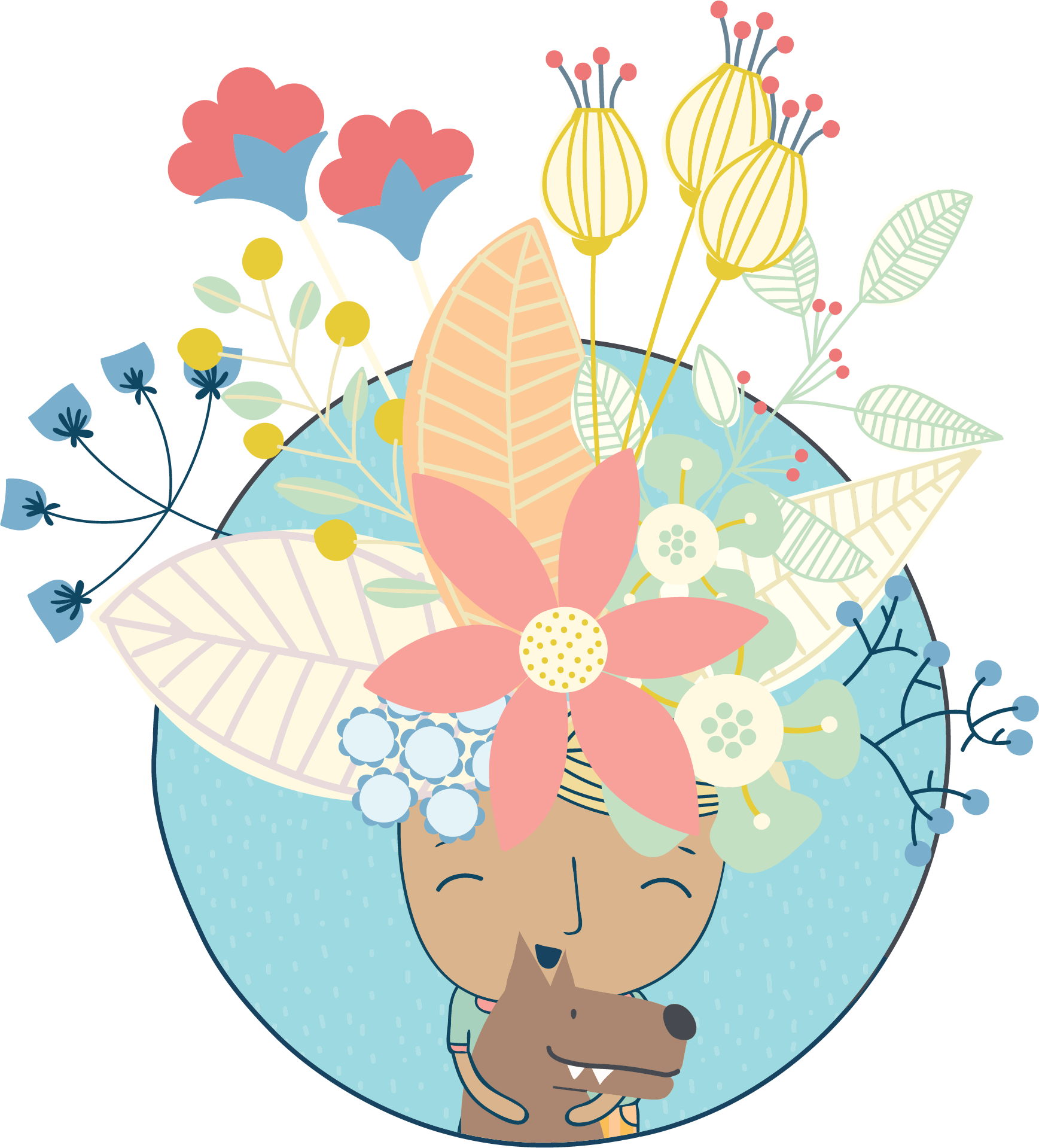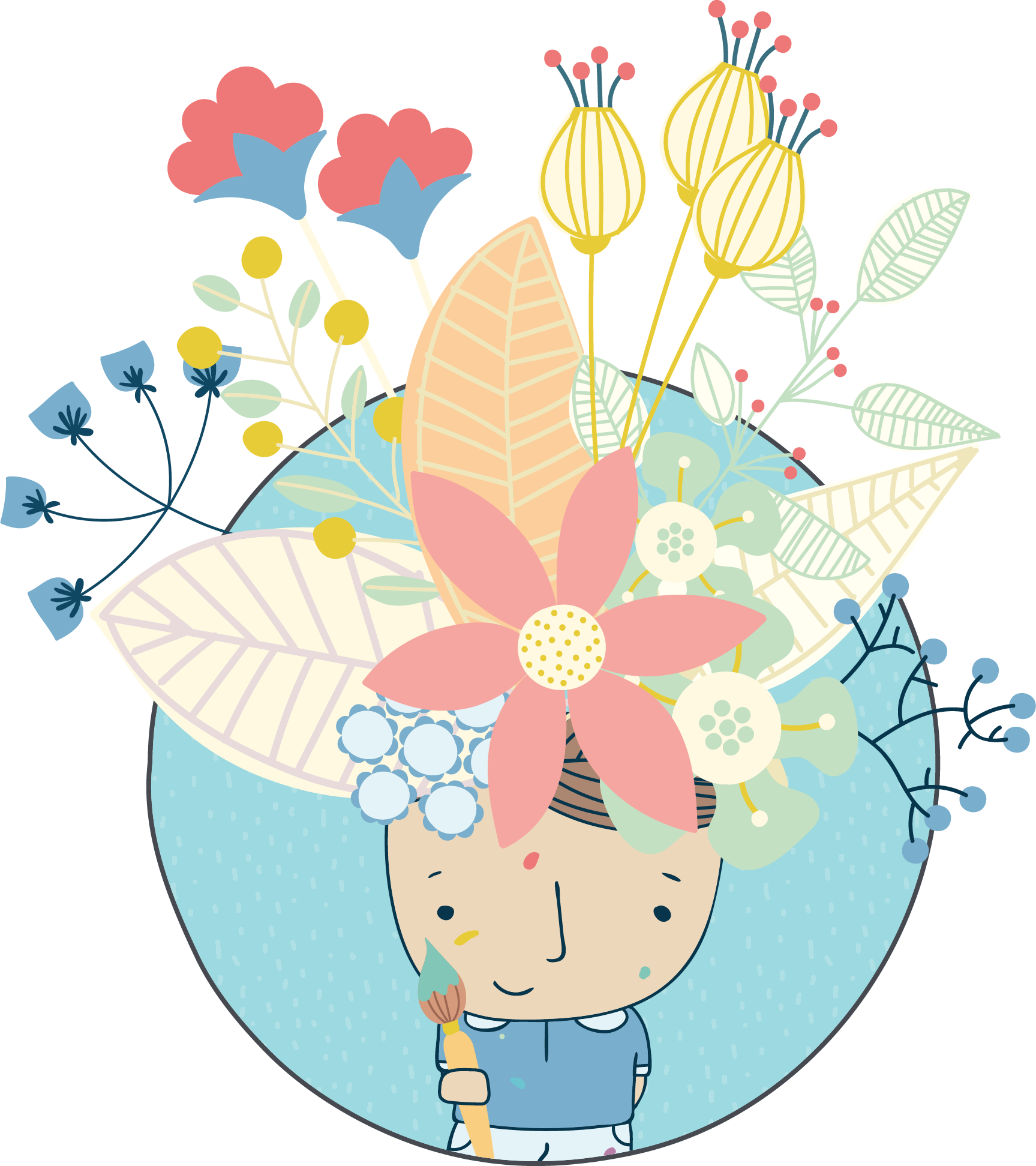emotional
literacy
Teachers! The purpose of this page:
To develop a student's ability to name emotions and therefore to emotionally regulate. And for student's to practice shifting from negative emotions when they wish to.
WHY:
It's important for students to have a rich vocabulary when it comes to describing emotions as this will help them deal with big and uncomfortable feelings more accurately and appreciate positive emotions too
Learning intentions - emotional literacy
To introduce the value of emotions to students see introductory sessions
How to use this page:
Print Daily Check in for your students to practice for at least 3 weeks
Once or twice a week begin with: Warm up with Guess the feeling (for 2 weeks)
Begin: I am thinking of a feeling once or twice a week
Stage 2 and 3 extend onto: I am thinking of a feeling Level 2 once or twice a week
Daily Check-In

Feelings like the weather come and go.
When kids are having BIG and uncomfortable feelings they can be magnified if kids feel as though they are stuck in them.
Invite your kids to start noticing their feelings, what name and colour would they give them? A bit of distance between how we feel and respond is a fantastic practice to start now and strengthen throughout life.
Record the colour of the octopus that most suits how you are feeling today. Can you give your feeling a name? Pop a weather symbol in there too. This will remind you, that feelings change, just like the weather. Keep track of how you are feeling each day.
Click to see images of Flower Dude feeling a range of emotions
Based on each face, see if students can guess each emotion. Turn this into charades.
Time: 5 minutes
Age: 3 -12
I am thinking of a feeling ( 6 - 12 year olds)
Time: 5 minutes
Ages: 6-12
Time: 5 minutes
Ages: 5 - 7
Practice: I am thinking of a feeling
In pairs, students try to guess the feeling being described by the other student e.g. I am thinking of a feeling, you might feel like this when you don't get your way.

